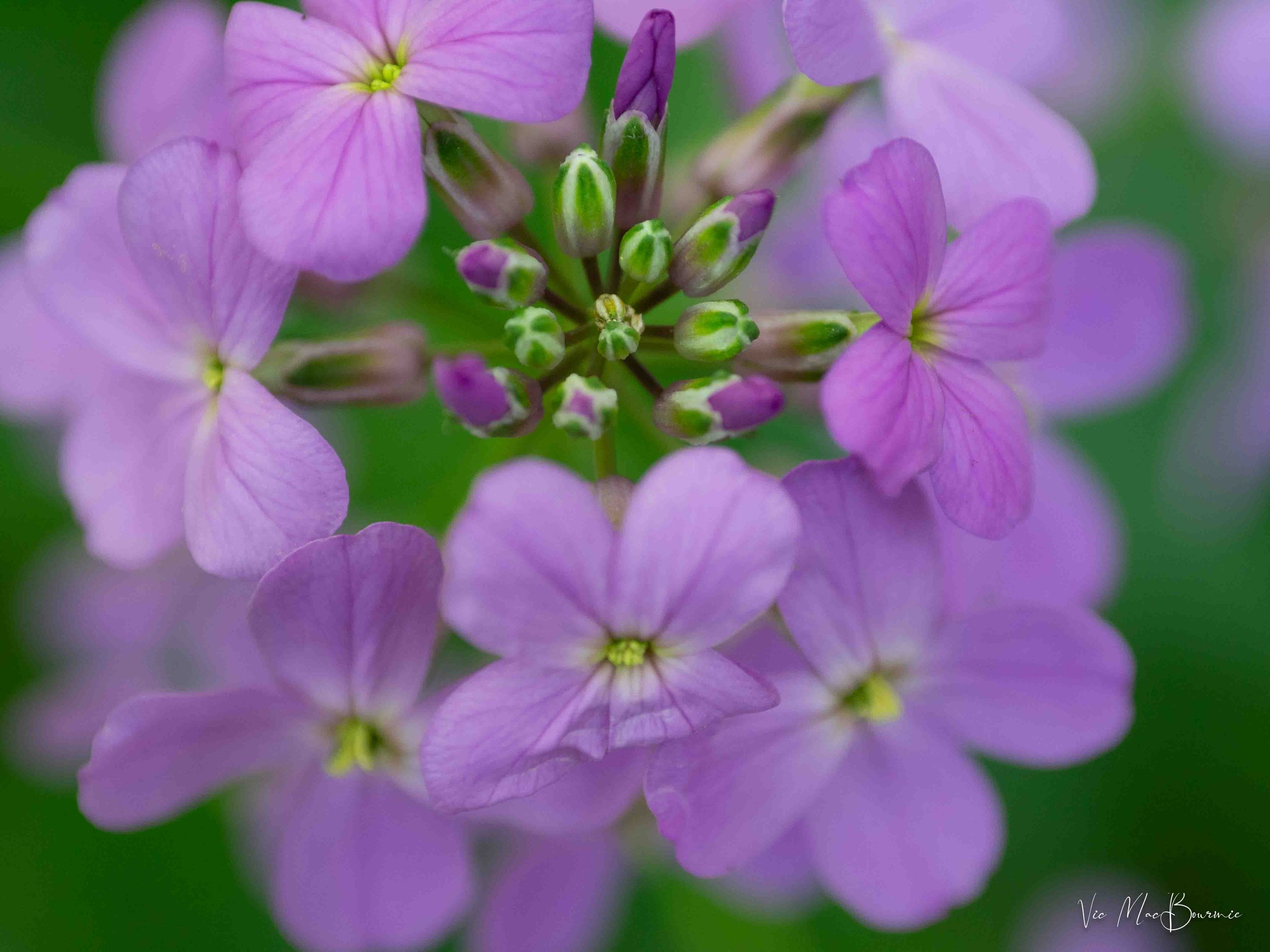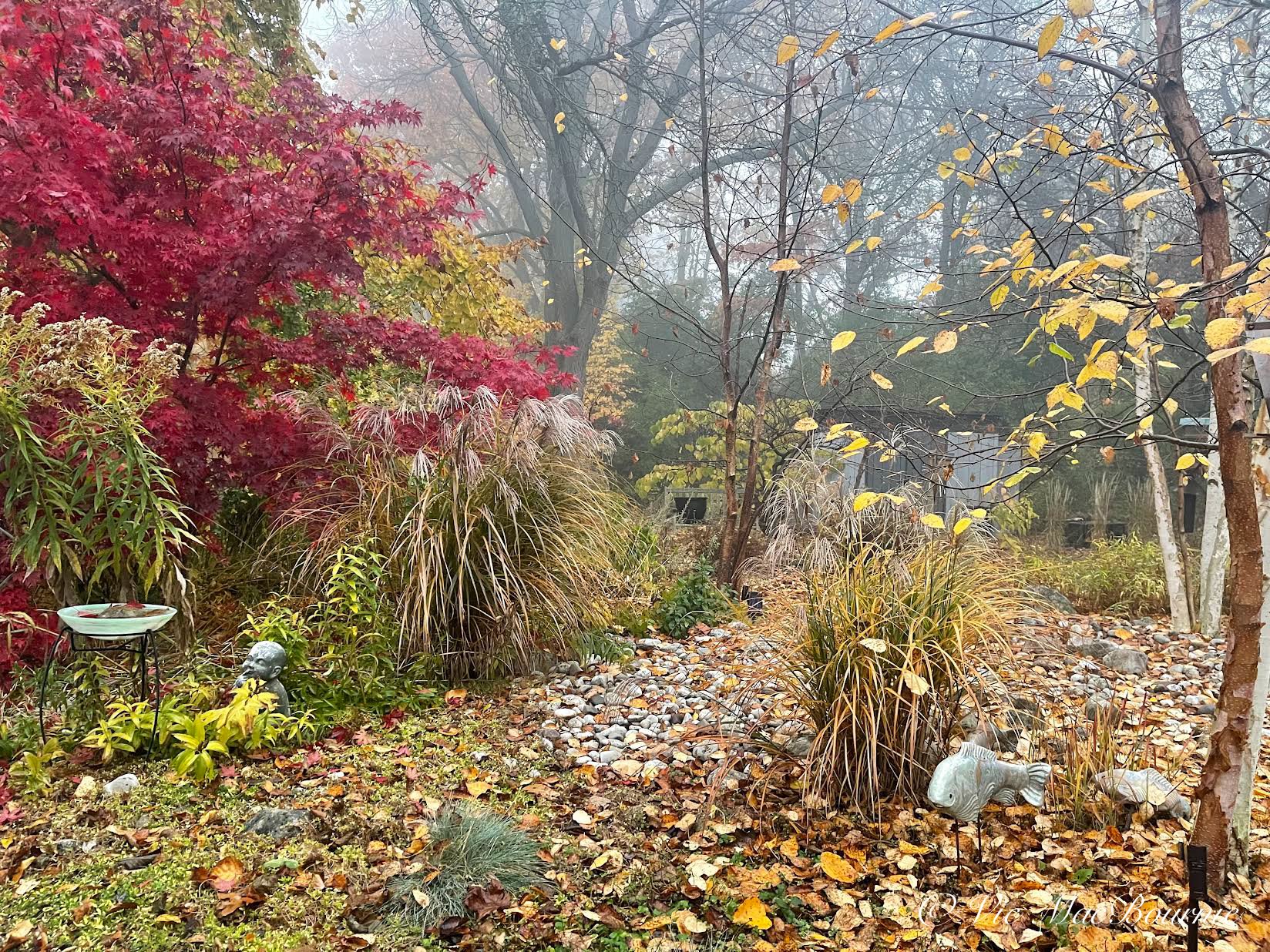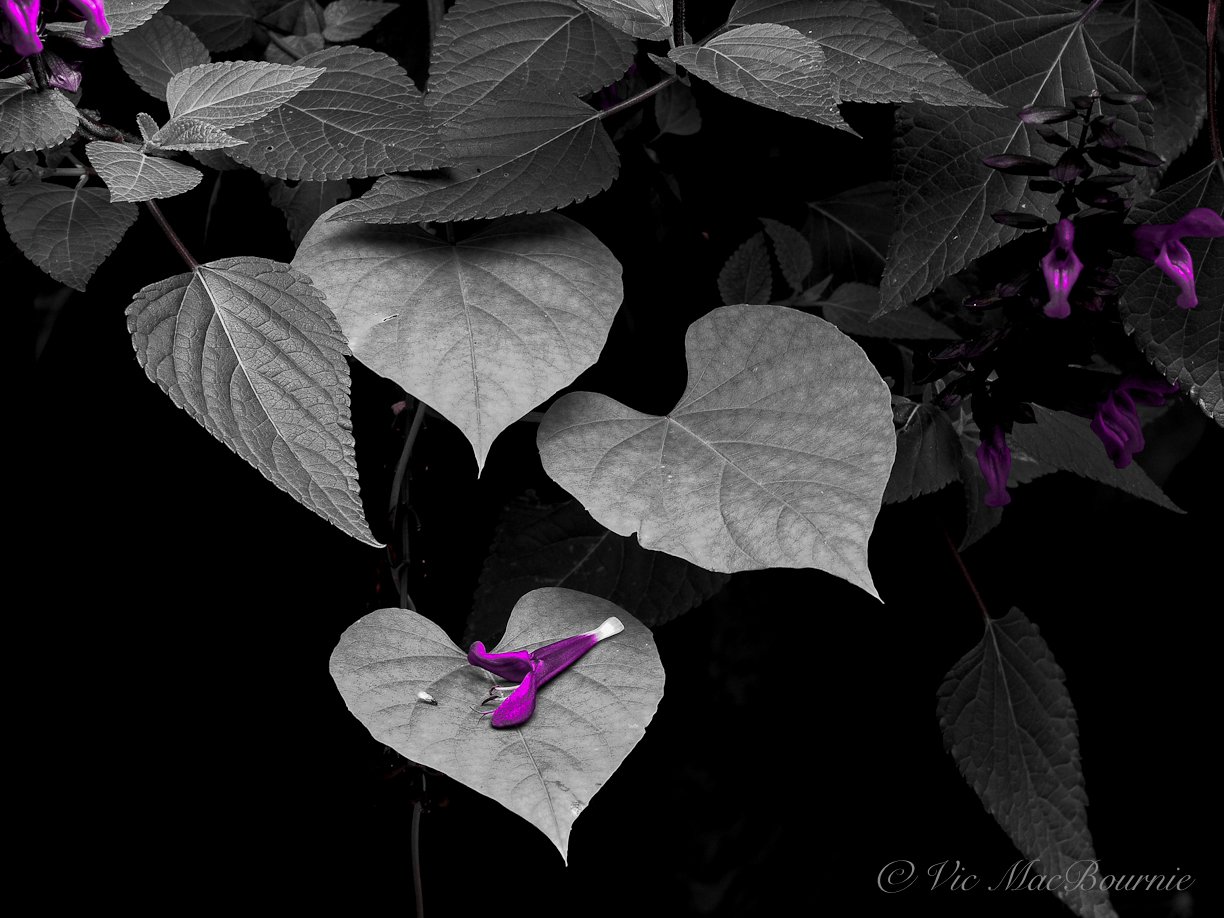Dames Rocket:Romancing the ordinary
A non-native plant, but a flower photographer’s dream
Nature doesn’t care about the value of a plant, shrub or tree, but somehow she manages to create beautiful vignettes with what she is given.
It’s something we gardeners can learn to do as well.
The problem is, nature can’t tell the difference between native and non-native plants.
If you’re one of those people who have been stopped dead in your tracks by a natural floral display along a roadside, there’s a good chance that display involved a plant commonly named dames rocket.
This plant, Hesperis matronalis, often goes by other names including dame's rocket, damask-violet, dame's-violet, dames-wort, dame's gilliflower, night-scented gilliflower, queen's gilliflower, rogue's gilliflower, sweet rocket, and mother-of-the-evening.
Some may see these lovely spring-blooming flowers, which are actually biennials or short-lived perennials native to Eurasia, as nothing more than roadside weeds or, at best, plants that add a nice hit of spring colour to our gardens. Unfortunately they would be right on both occasions.
Like many of these roadside plants, they are the result of plantings that have escaped from cultivation in gardens.
For more on dealing with non-natives in your garden, click here.
For reasons why we should plant native plants in our garden click here
A threat to native woodland plants
Let’s make it clear, these are not native North American plants and can be aggressive. They are detrimental to our native plants and need to be treated as invasive, non-native plants. They are everywhere in my area invading areas of natural woodland and threatening native plants.
They popped up in sunnier parts of our garden and have, despite their problems, added a lovely hit of colour to these parts of the garden. That, of course, is the problem. They are easily mistaken for native phlox and left to sow seed in the garden. And, their good looks makes the decision to remove them a little more difficult.
But don’t be mislead by their attractiveness.
Be aware that dames rocket is much like garlic mustard and will, if allowed, produce thousands of seeds that will eventually threaten your native plantings. At the very least, remove the flower heads before they begin to die off and dispose of them (not in your compost heap). Preferably, pull the entire plant and roots out and dispose of them before they go to seed.
For more information on this plant and how to control or eliminate it from your garden, check out Wildones.
A non-native plant, but a flower photographer’s dream
In the meantime, I’ll enjoy the flowers while they exist and do what I can to “romance the ordinary” through photography rather than gardening.
I have photographed these early spring-bloomers along the roadsides for years. It wasn’t until they found a home in our garden that I decided to explore the photographic potential just a little further.
The large colonies of plants often seen in open fields and along roadsides open up great possibilities to explore more creative approaches to flower photography. Individually, however, they can also be beatiful subjects.
The following are just a few of the images, I have made recently and over the years.
Dames rocket provides the background in this wildflower meadow image.
One of the joys of flower photography is not only making the original image, but using the tools available in photography programs like Photoshop, Lightroom and Luminar Neo to transform the ordinary into more painterly artistic visions that allow you to explore your creative vision.
Dames Rocket flower after creative effects were added in photoshop, but before the image was brought into Luminar Neo for final creative edits.
In the image above, I brought the original image (below) into photoshop where I “extracted” a light purple colour from the original image and used it with a series of PS brushes to create the soft pastel look around the plant.
Using Luminar Neo to add the magic
I then brought the image into Luminar Neo where I was able to tap into the magic of the program’s extensive creative tool kit. Through the use of several modules in Luminar Neo including the develop, mystical, soft focus, vignette and high key modules, I was able to transform the original image into a more creative flower image that better communicated the feel of being in a field of these lovely wildflowers.
For more information on how I use Luminar Neo in my approach to post processing click here for my woodland images article, here for how you can use Luminar Neo as your only post processing software tool, and here for more creative results using Luminar Neo with traditional film photography.
If you are interested in purchasing Luminar Neo, please consider using the code FernsFeathers at checkout to receive a 10 per cent discount. By using this code, I receive a small percentage of the proceeds which helps me to continue producing articles like this one for readers.
















The Olympus 45mm F1.8 teamed with the MCON P02 takes an already outstanding lens and makes it significantly better.